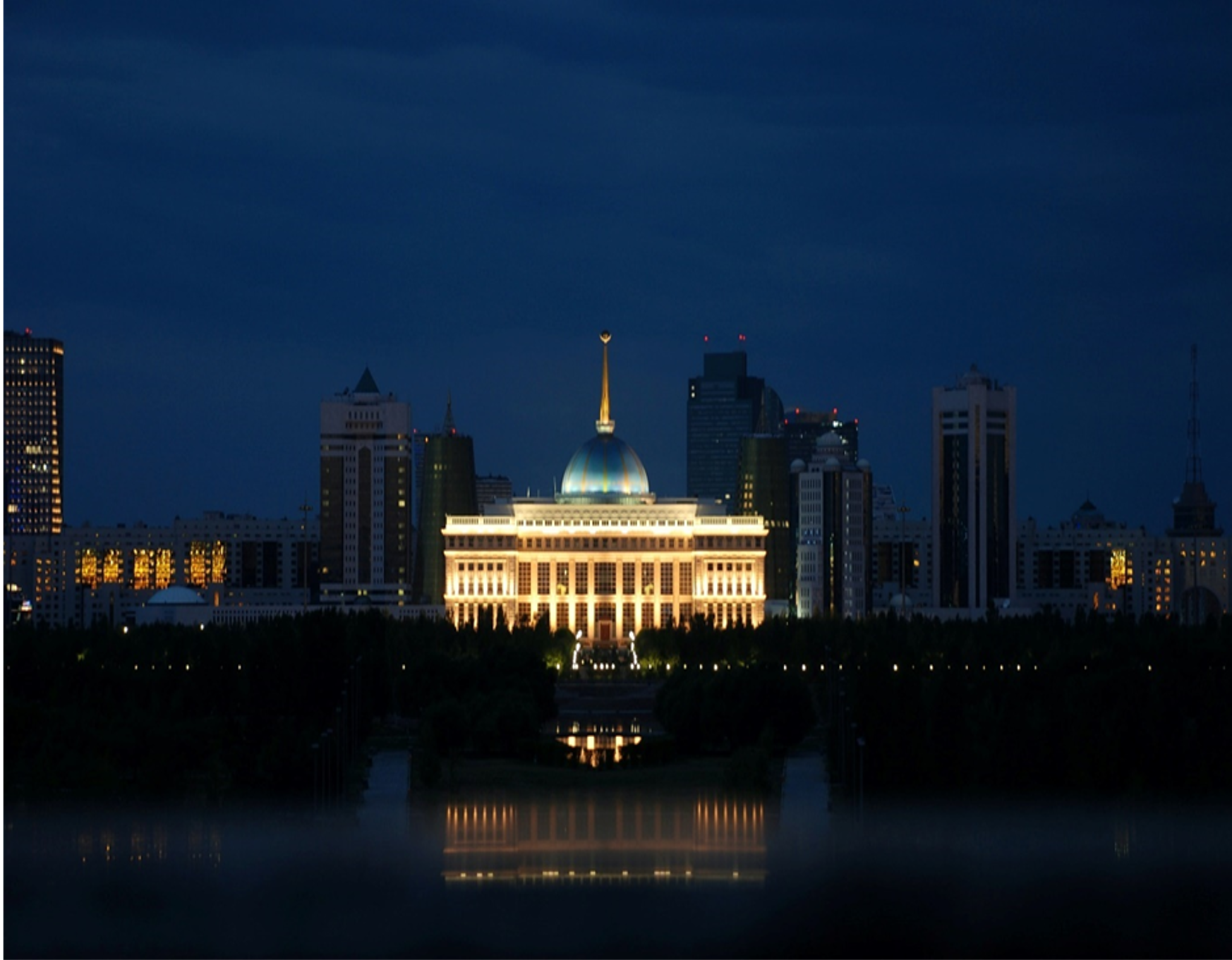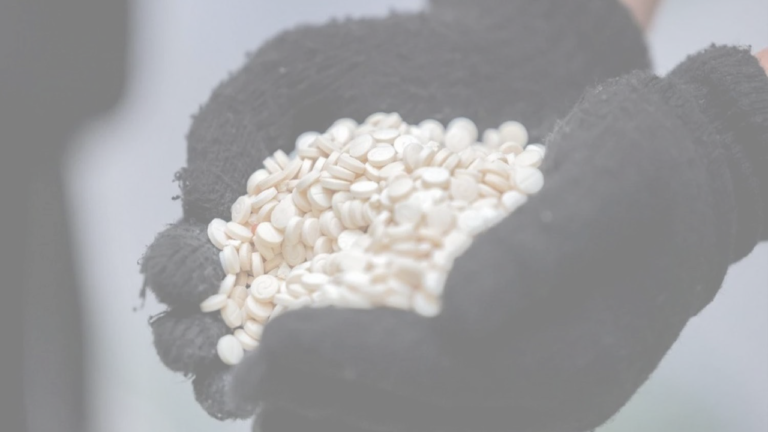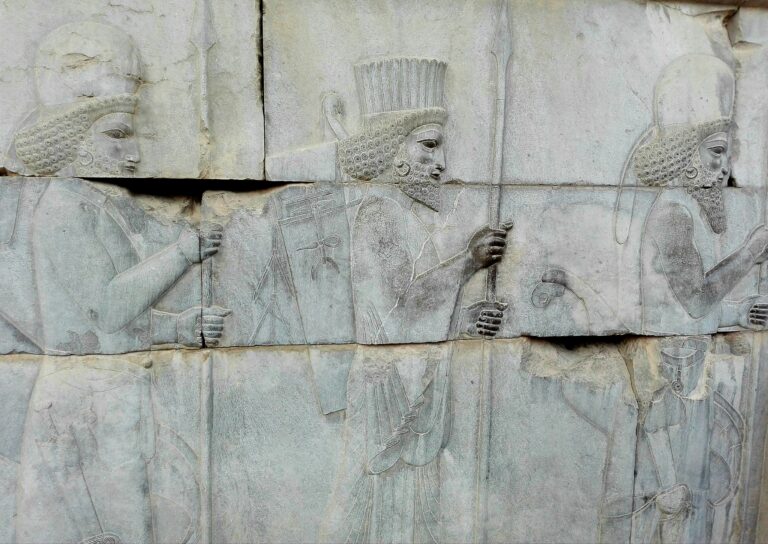The recent unrest in the Commonwealth of Independent States (CIS) region have been drawing unprecedented global attention over the past few months, driven by political instability in the former Soviet states, such as Ukraine and Kazakhstan. In the current political climate, underdeveloped countries with weak governance have provided a perfect playground for the global powers to compete for world dominance. While hot war in Ukraine follows a decade of instability between Kiev and Moscow, the demonstrations in Kazakhstan in January 2022 against the long-standing autocratic regime came as a surprise to many. Kazakhstan has been widely regarded as the most politically stable jurisdiction in the region since its official separation from the USSR in the 1990s despite its former President Nursultan Nazarbayev’s (Nazarbayev) firm hold on power. Kazakhstan has managed to stay afloat due to its dual foreign politics that welcomed lucrative investments from the US and Russia. While its foreign policy has been focused on ensuring a steady influx of funds in the country’s most profitable industries, such as energy and mining, the order was maintained by the clear distribution of power that was ensured by Nazarbayev’s decision to pick a successor, Kassym-Jomart Tokayev (Tokayev).
However, despite a painless handover in 2019, it appears that Tokayev has finally opted to establish a new independent rule, surrounding himself with power-hungry supporters that wish to take over the former administration. The power imbalance created a power struggle between the stakeholders, instigating an internal battle for influence and control over Kazakhstan’s most profitable industries. Tokayev’s actions during the January demonstrations resulted in Nazarbayev and his close circle, comprising of family members and long-term loyalists, losing their positions in governmental institutions and state-owned companies. While Nazarbayev’s family continues to retain great wealth (i.e., his middle daughter Dinara Kulibayeva and her husband Timur Kulibayev have a joint net worth of over USD 6 billion), they have officially lost a substantial source of income. Meanwhile, the newly-established elite includes primarily the individuals that worked closely with Tokayev in the Foreign Ministry and the Senate over the past two decades. They include the current parliament representative of the president, Beibit Isabaev, the head of the presidential office, Nurlan Onzhanov, deputy head of the presidential administration for foreign policy, Murat Nurtleuov, among others.
While Tokayev is yet to secure his long-term position, it is likely that his close associates will gain substantial wealth during his rule, creating a fresh pool of affluent individuals willing to redistribute the newly acquired power and, most importantly, funds. This creates an excellent opportunity for Western investors and foreign banks as they will suddenly gain a whole new set of oligarchs that could become potential partners and clients. It might be yet too early to predict who will make it into Tokayev’s inner circle, as it takes approximately a year or two for everything to settle into place. However, it is without a doubt that the recent events will ensure a new wave of profitable prospects for those who quickly recognize the potential of the current situation in the country.
However, due to the closely connected nature of the Russian and Kazakh economies, Nur-Sultan is preparing for prolonged economic downturns as a result of the sanctions regimes against Russia. While many observers have noted the economic consequences for the Russian society, the economies of Eurasia will likely suffer as well. While January ushered in a new dawn for Kazakhstan, the hope in Nur-Sultan is that the Kremlin did not cut the day short.




